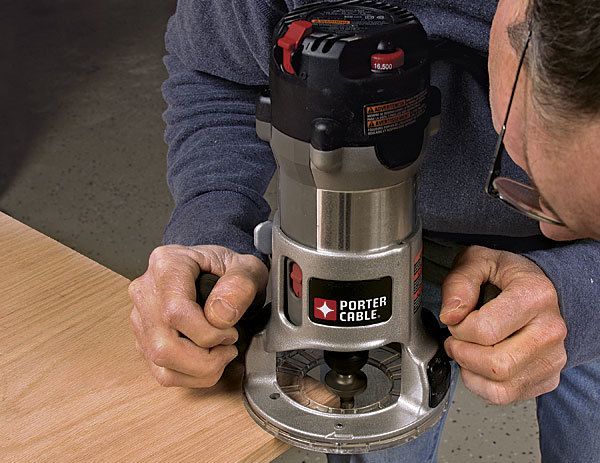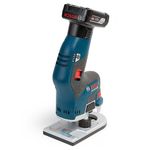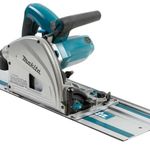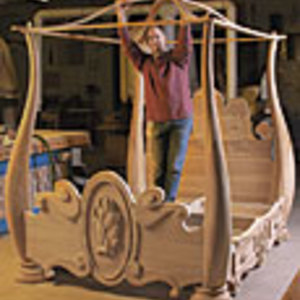How to Choose Your First Router
What woodworkers should look for in their first router
Synopsis: Looking to buy your first router? Wonderful though it can be, the router can be an intimidating tool. It turns on with a scream, leaving the operator holding onto a gyroscope that spins at 20,000-plus rpm. There are thousands of cutting bits available for it, yet the tool includes no obvious means of guidance. And with scores of routers in many different sizes available on the market—from plunge to fixed to trim—there is the first basic question of which one to buy. Woodworking teacher Marc Adams answers the basic questions on choosing your first router, what bits to buy, and how to get started using it safely and effectively.
In the early 1900s Oscar and Rudy Onsrud invented the router, a tool that has revolutionized our craft. Basically a motor with a collet that holds a cutting bit, this simple power tool is incredibly versatile. It can be guided by hand or mounted in a table. A router can be used to dimension stock and shape it in myriad ways, including turning square wood round. It can cut precise joinery and drill holes. With creative fixtures, the router can be used in ways we have yet to imagine. Called a “wonder tool” when it came out 100 years ago, the router still deserves that name.
Wonderful though it can be, the router intimidates new woodworkers. It turns on with a scream, leaving the operator holding onto a gyroscope that spins at 20,000-plus rpm. There are thousands of cutting bits available for it, yet the tool includes no obvious means of guidance. And with scores of routers in many different sizes available on the market—from plunge to fixed to trim—there is the first basic question of which one to buy.
Everyone needs a fixed-base router
In my opinion, a basic, fixed-base router should be the first one you purchase. I’ve found that the 21⁄4-hp size offers the best mix of power, affordability, and features. These midsize routers are rated around 12 amps, which won’t trip the circuit breakers in your home shop. They are plenty powerful for everything you’ll ask of them, yet still relatively light and compact, a real asset when working handheld. But they also work very well when mounted in a router table. At between $100 and $200 for a high-quality model, they are one of the best values in woodworking.
To be clear, the base on a fixed-base router actually does move up and down, but it must be “fixed,” or set to a specific depth for routing, and it is not adjustable on the fly like the base on a plunge router. That means it can’t cut deep mortises. Compared to its taller brother, however, the handles on a fixed-base router are much lower, putting your grip closer to the cutting action. I’ll cover a few common tasks here, but to get even more from this versatile tool, see my companion article, “4 Jigs for a FixedBase Router,” pp. 56-63.
For the full article, download the PDF below:
Fine Woodworking Recommended Products

Bosch 12V Trim Router

Milwaukee M12 23-Gauge Cordless Pin Nailer

Makita SP6000J1 Track Saw























Log in or create an account to post a comment.
Sign up Log in